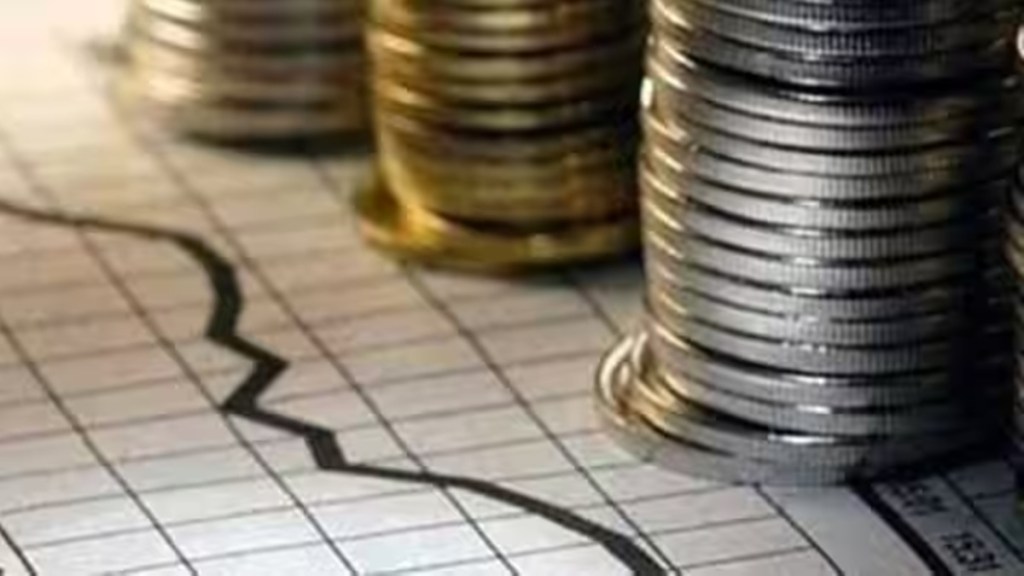Though the 7.8% gross domestic product (GDP) growth for the June quarter is a shade under expectations, the Indian economy’s performance for the first quarter of FY24 is a testimony to its resilience. This is particularly so because it comes in the backdrop of a fragile global recovery. The International Monetary Fund last month revised its 2023 estimate upwards by 20 basis points, to 3%, but said that the balance of risks for the world economy remain tilted downwards. However, this resilience is likely to be tested in the coming quarters.
The nominal GDP for India in the first quarter grew at 8% year-on-year as easing inflation lowered the deflator to 0.2% (versus 4.1% in the preceding quarter). This may have led to some over-estimation of the growth number. Besides, the overall growth figure isn’t broad-based. It is the services sector that has done the heavy lifting. Manufacturing saw a rather feeble uptick to 4.7% from 4.5% in Q4 FY23—and was far from the year-ago performance of 6.1%, underscoring the stress in the unorganised sector. A sharp, broad-based contraction in merchandise exports has also contributed to this. With global recovery fragile and China, a key export destination for India, in the downturn mode, getting exports back on track will be challenging. Even though the construction sector has grown at 7.9% against a high Q1 FY23 base, the performance doesn’t quite match up to the expectations that the uptick in activity in the sector over the last few quarters had generated—it had clocked a robust 9.3% in the second half of the last fiscal.
It is the financial, real estate, and professional services segment that has kept the economy’s momentum going. This was probably driven by increased demand for business services—multinational firms have been shifting core-office functions to India in order to cut costs. In addition, real estate services were seen getting a boost from the plunge in raw material prices, while strong credit demand was probably behind the pick-up in financial services growth. The concern is that even the services sector could see a slowdown if the exhaustion of the pent-up demand for travel etc becomes visible soon—the trade, hotels, transport, communication, and services related to broadcasting segment registered a modest 9.2% y-o-y growth, against 25.7% in Q1FY23 (on a very low base due to the pandemic effect) and 9.1% in Q4 FY23.
Agriculture, forestry and fishing did well despite the unseasonal rains in some parts in April and May, clocking 3.5% y-o-y against the 2.4% recorded for the corresponding period last fiscal.
Moderating prices of agri-inputs are likely to have helped. The 6% growth in private final consumption expenditure was, without doubt, encouraging, especially against the backdrop of a H2FY23 showing of just 2.5%. Its share in the GDP, though, has marginally fallen, to 57.3% vis-a-vis 58.3% in Q1 FY23. But the prospect of such growth holding up has come under a cloud with the likelihood of El Nino impacting agriculture over the next two quarters, and rise in prices of pulses and oilseeds forcing households to tighten purse strings.
For the time-being, the government has sought to provide some relief through the `200-cut on LPG cylinders for over 96 million Ujwala households. Given that it has chosen to let the oil-marketing companies shoulder the burden, it seems to be holding on to fire-power to tame inflation before the elections. Even so, the 6.5% growth that the government and the central bank are targeting for the full year has become dimmer.

